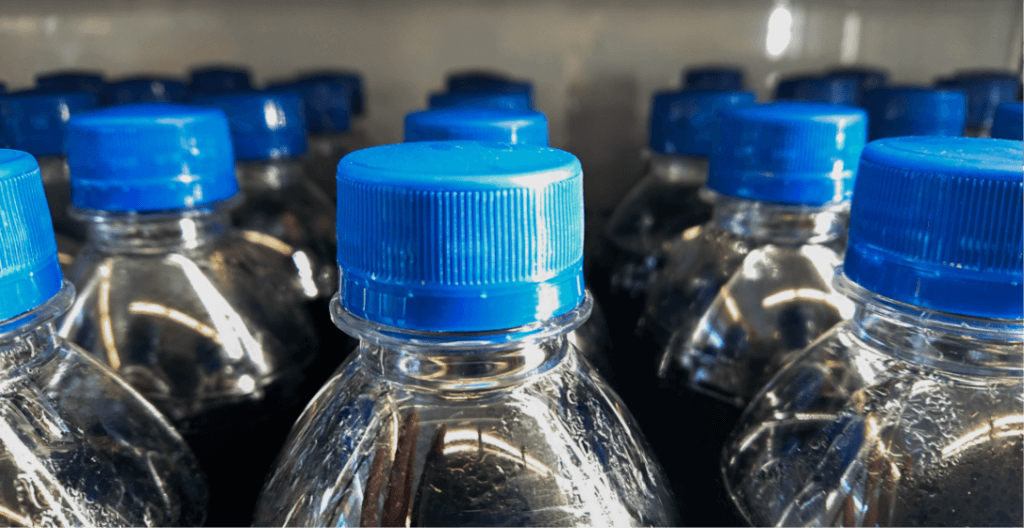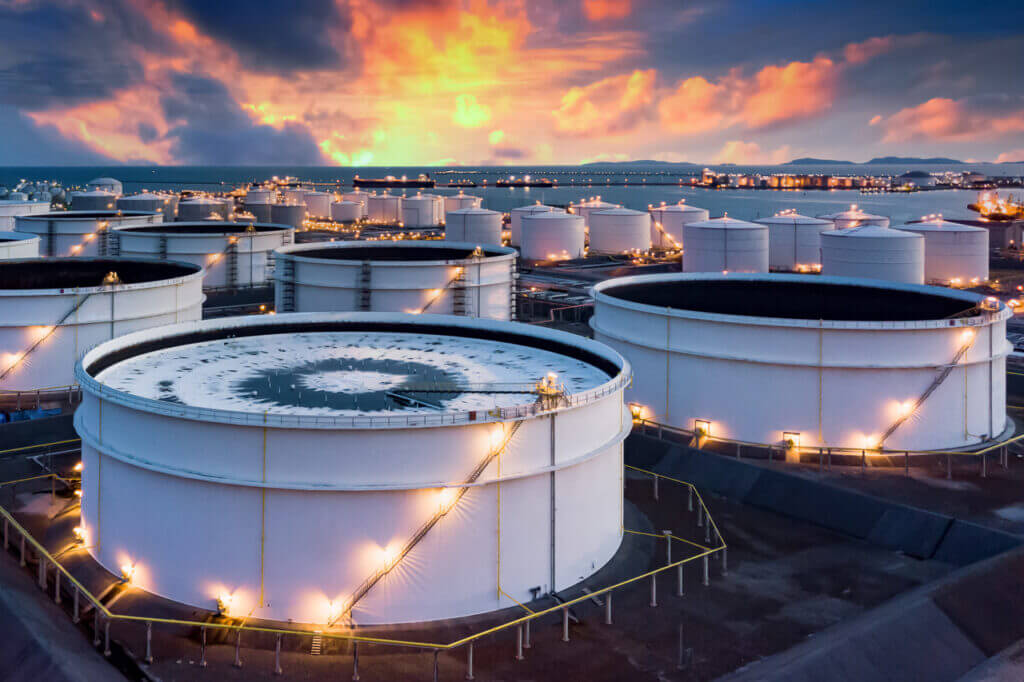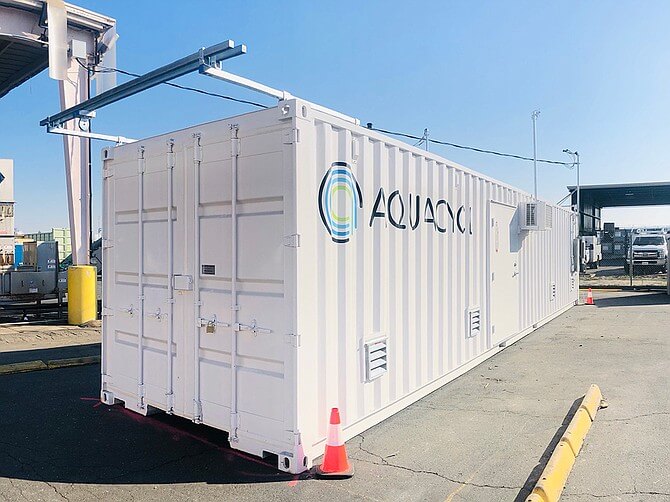BOD removal
TSS removal
Inflow BOD
A major food & beverage company was looking for cost-effective and sustainable alternatives to improve their existing wastewater management at one of their facilities in California. The company’s primary operations at this facility were bottling, and they also had crusher operations which recovered expired products to recycle bottles and cans. The incoming crusher wastewater included a diverse and variable array of different beverage products including soda’s, juices, milks, energy drinks, teas and coffee.
Situation
A major food & beverage company was looking for cost-effective and sustainable alternatives to improve their existing wastewater management at one of their facilities in California. The company’s primary operations at this facility were bottling, and they also had crusher operations which recovered expired products to recycle bottles and cans. The incoming crusher wastewater included a diverse and variable array of different beverage products including soda’s, juices, milks, energy drinks, teas and coffee.
Although the wastewater generated from the crusher operations accounted for less than 2% of the total facility wastewater volume, this volume contained nearly 60% of the total organic concentration sent to drain, with Biological Oxygen Demand (BOD) ranging from 40,000-110,000 mg/L. This small-volume, but very highly concentrated waste stream resulted in more than doubling the sewer surcharges when sent directly to sewer. The city was testing wastewater twice per month, and depending on the concentration at the time of sampling, costs could vary significantly.
Solution
The company was interested in Aquacycl’s BioElectrochemical Treatment Technology (BETT®) to help treat these concentrated streams, provide predictability, and lower overall utility costs. Like all multinational consumer packaged goods (CPG) companies, they have increased consciousness about water management and being socially responsible.
Aquacycl’s BETT system is the only technology for treatment of such highly concentrated organic wastewaters that does not necessitate dilution. The system operates with very low power consumption, and generates direct electricity, resulting in mitigating up to 90% of greenhouse gasses that would otherwise be generated by use of conventional approaches. Aquacycl provides wastewater treatment as a service, with mutually agreed KPIs and includes real-time remote monitoring and control, regular maintenance, repair and annual sludge management.
The BETT systems use natural bacteria to clean the wastewater, reduce sludge and produce direct electricity (no methane). Locally sourced bacteria break down organic matter in the wastewater and release electrons during their natural process of respiration. The released electrons are captured as direct current and can be used to offset the power consumption of the system. Higher electrical currents enable faster treatment rates due to enhanced microbial respiration, resulting in treatment rates in hours instead of the days or weeks required by other anaerobic processes.
The generated electrical current also enables remote, real-time monitoring of system performance and offsite troubleshooting capabilities.
Aquacycl executed a demonstration project to validate the business case for using BETT to treat crusher wastewater. The system was equipped to treat half of the crusher volume during the demonstration stage and was validated over a 7-month period showing reliability and cost savings across a variable range of operational conditions. The first month onsite was used to startup the system, and the remaining six months the system was operated under continuous flow.
The system included a 2,000 gallon equalization tank, pH neutralization, a 40’ BETT container that included only 320 reactors (full capacity of 640 reactors), and real-time, 24/7 remote monitoring and control. During the demonstration period, the customer and Aquacycl agreed on the following KPIs: removal of 800 lb- BOD per day when incoming BOD was greater than 60,000 mg/L or 85% BOD removal when BOD was lower than 60,000 mg/L. By achieving these levels, Aquacycl’s BETT system could prove cost-effective and justify expansion to treat the full volume.
Results
During the continuous flow operation, the system demonstrated removal rates that exceeded KPIs, with BOD removal of up to 1400 lb/day and TSS removal of up to 140 lb/day.
The system performed well under variable organic loads and wastewater compositions, with inflow BOD as high as 170,000 mg/L, which was over twice the expected concentration, and significantly higher than any other treatment technology can handle without dilution.

Benefits
The customer recognized both operational and strategic benefits of the system. By improving the quality of discharge, they helped to show their role as leaders in corporate water stewardship and demonstrate progress on their water and energy-related commitments. It also helped to maintain a positive relationship with the utility and reduce surcharge cost and variability, reducing the risk of high monthly bills. Working with Aquacycl provided predictability of wastewater treatment costs, acting as an insurance policy against variations during sampling. Taking proactive measures ensures business continuity by reducing the risk of production disruptions.
The guaranteed performance, hands-off operations and 24/7 remote monitoring and control provided peace-of-mind, without requiring additional personnel on staff to manage it. Wastewater was not core to the business, and by outsourcing this to Aquacycl, they could improve the way wastewater was managed.
Next Steps
After the successful onsite demonstration, the customer expanded the agreement to a multi-year, pay for performance contract and doubled treatment capacity. Aquacycl expanded the treatment capacity simply by installing an additional 320 BETT reactors to complete the 40’ BETT container capacity and treat the whole volume of crusher wastewater discharged by the plant in the same footprint.
The company also saw another opportunity to partner with Aquacycl to solve a different wastewater challenge, and brought them into another facility with high-sulfur streams causing odors. Utilizing Aquacycl’s Micro-aeration system, which was able to retrofit into an existing equalization tank, they were able to reduce risks related to hydrogen sulfide emissions, reduce corrosion, minimize odor, and operate with no chemicals and lower energy requirements than other systems on the market, with a lower capital and operating costs.







